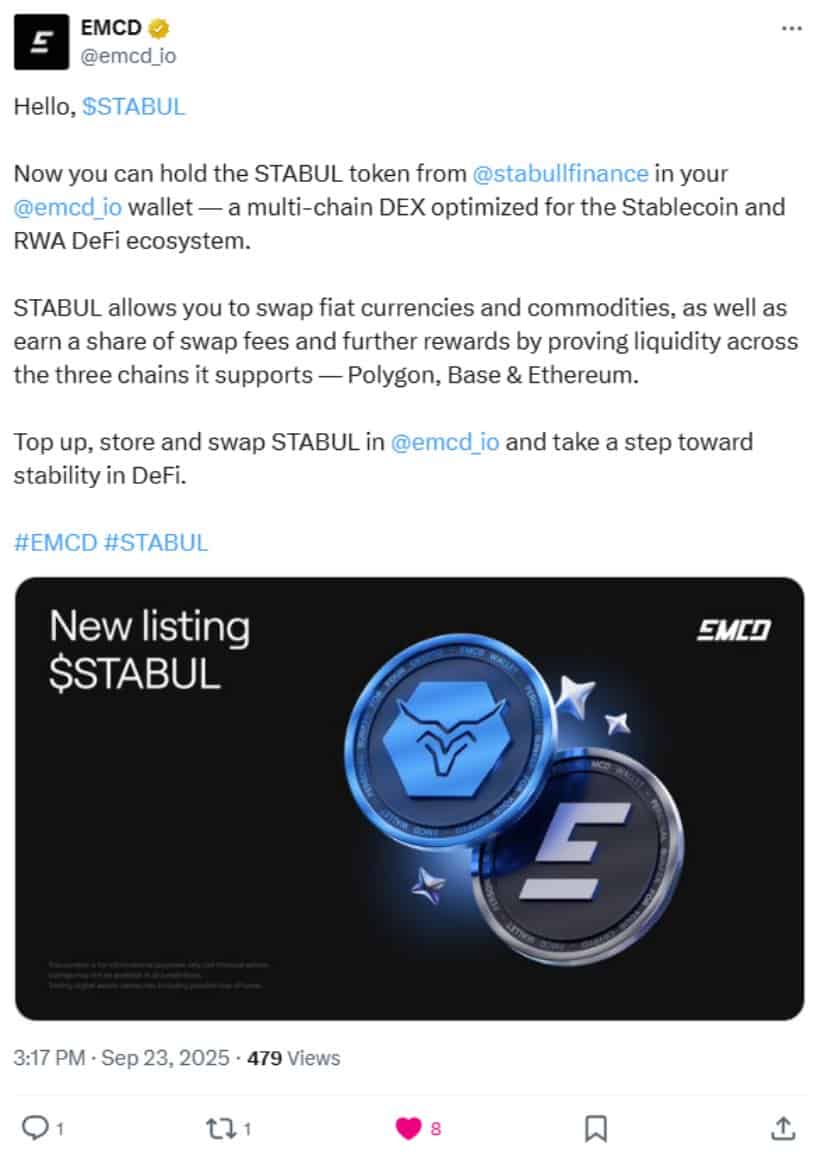SWIFT Trials Blockchain Payments, Introducing Competition for Ripple
TLDR
- SWIFT is testing blockchain-based transactions using Ethereum Layer 2 platform Linea.
- The pilot involves major banks including BNP Paribas and BNY Mellon.
- SWIFT aims to reduce costs and enhance transparency by combining payment instructions and settlement in one on-chain transaction.
- The pilot could challenge Ripple’s cross-border payment model by offering a blockchain-based solution for banks.
- SWIFT is exploring stablecoins and interbank tokens as part of its blockchain pilot.
SWIFT has selected Ethereum Layer 2 platform Linea to test blockchain-based transactions, signaling a challenge to Ripple. The pilot project involves major banks, including BNP Paribas and BNY Mellon. It aims to move SWIFT’s messaging system on-chain, providing real-time monitoring and cost reductions.
SWIFT’s Blockchain Trial with Linea
SWIFT, the world’s largest interbank messaging network, is conducting a blockchain trial on Linea. The platform, developed by ConsenSys, enhances Ethereum’s scalability and privacy. SWIFT aims to improve payment systems by combining payment instructions and settlement into one on-chain transaction.
The trial targets operational efficiency, compliance, and confidentiality. It also promises to reduce payment costs. With SWIFT linking over 11,000 financial institutions globally, this project could reshape cross-border transactions.
SWIFT’s exploration of blockchain technology is a significant move. According to SWIFT executive Tom Zschach, banks will favor regulated stablecoins and tokenized deposits. This pilot offers a potential alternative to Ripple’s system, which has been gaining traction for cross-border payments.
Ripple Faces New Competition from SWIFT
Ripple, a long-time challenger to SWIFT, may face increased competition with this pilot. The blockchain network is known for its low fees and fast transaction times. SWIFT’s move into blockchain could threaten Ripple’s position in the payments sector.
Ripple’s model already uses tokenized messaging and settlement, reducing reliance on SWIFT’s infrastructure. However, SWIFT’s blockchain test could integrate similar features, giving banks more options. SWIFT’s exploration of stablecoin and interbank token initiatives shows its desire to challenge Ripple’s dominance.
The potential launch of a SWIFT stablecoin would add another layer of competition. If successful, this could make Ripple’s blockchain network less attractive. However, Ripple remains focused on expanding its blockchain-powered cross-border payment system.
Stablecoin and Interbank Token in the Pilot
The SWIFT pilot also includes developing an interbank token. This token could have stablecoin-like properties, helping SWIFT stay competitive. Ripple, however, has launched its own stablecoin demo as a countermeasure.
Although the pilot is still in its early stages, the potential impact is clear. The test must overcome integration challenges with existing banking systems and prove Linea’s security. The ongoing developments suggest that blockchain will increasingly become integral to traditional finance.
The post SWIFT Trials Blockchain Payments, Introducing Competition for Ripple appeared first on Blockonomi.
You May Also Like

The Channel Factories We’ve Been Waiting For

Ex-Biotech Firm AlphaTON Acquires $30M in Toncoin for New Strategy
